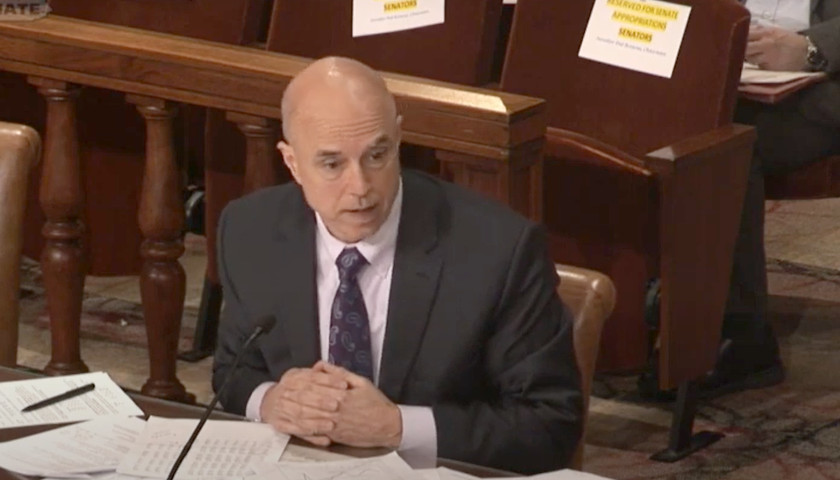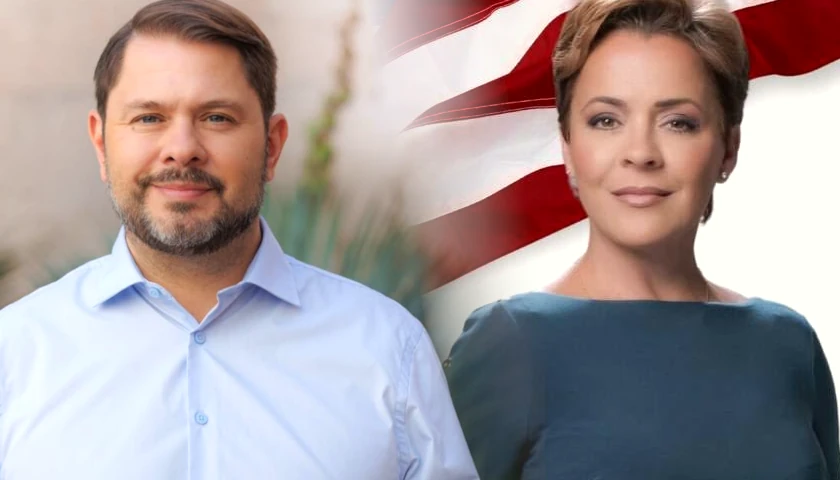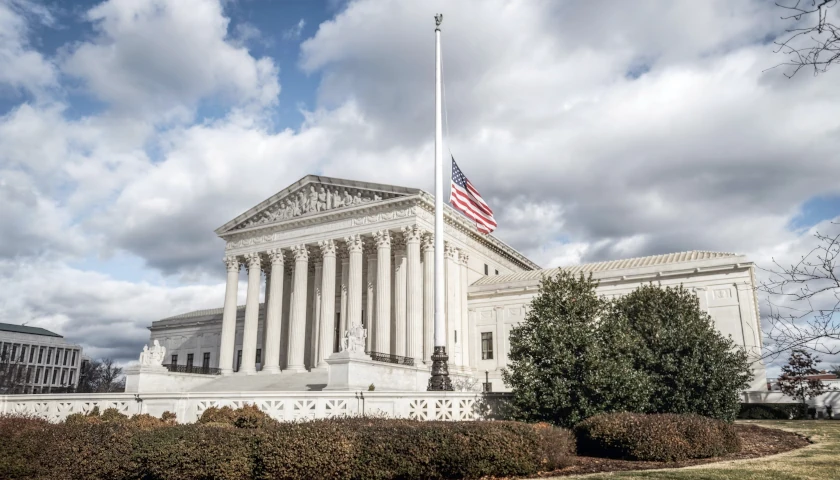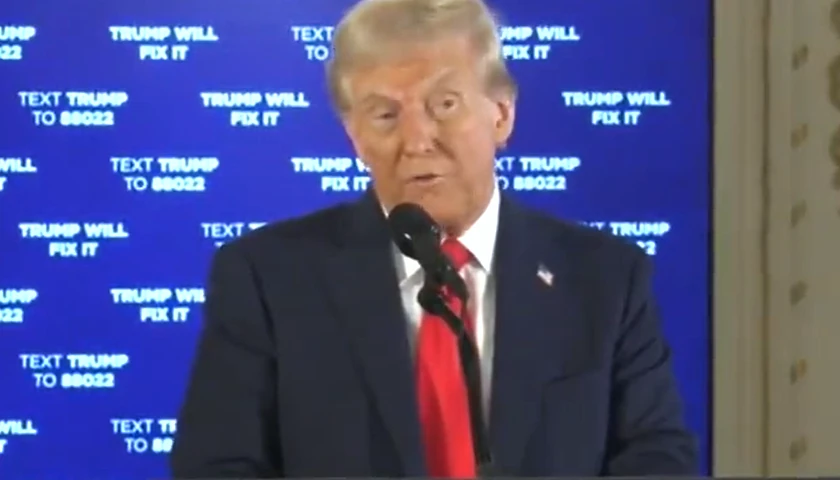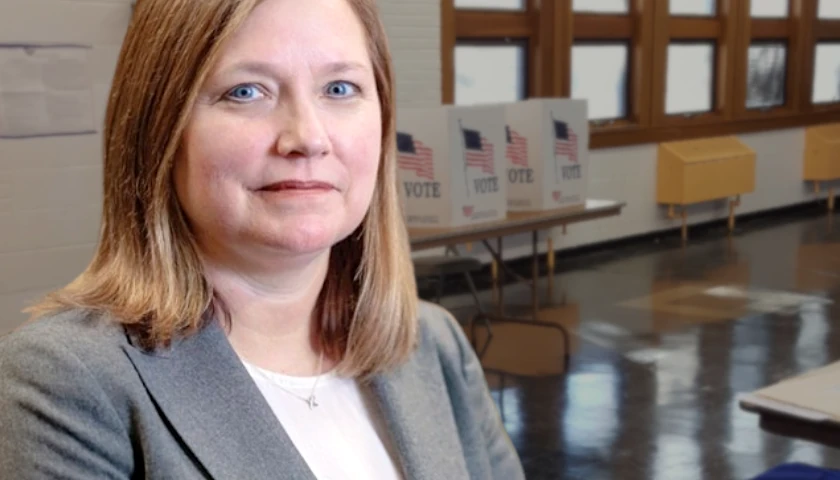At the first Pennsylvania Senate hearing Tuesday on the next fiscal year’s budget, lawmakers considered the state’s slow economic recovery — and the state’s failure to attract new residents.
Independent Fiscal Office (IFO) Director Matthew Knittel testified before the Senate Appropriations Committee regarding the state’s fiscal, economic and demographic outlook. Particularly in that last category, the Keystone State doesn’t boast an envious position.
From 2010 to 2020, Pennsylvania experienced only 0.2% average annual population growth, and its working-age population actually decreased 0.1% yearly on average. The IFO projects that overall population will decline an average of 0.1% between 2020 and 2025, and that growth will stagnate in the five subsequent years.
According to Knittel, births and deaths in Pennsylvania are presently about equal and domestic net migration into the commonwealth is roughly flat. Pennsylvania ranks in the bottom 10 states for acquiring net new residents in 2021, seeing -0.3 percent inward migration.
Knittel said the states taking in the most erstwhile Pennsylvanians include Florida, North Carolina and South Carolina, all of which saw over 1% net new residents in 2021.
“There is more job creation down there,” he said. “Their economy is not facing the same demographic constraints that we’re facing, or northern states as in New Jersey or New York. And you could go out to [growing] Arizona and you’ll see the same thing.”
Knittel said Pennsylvanians should expect their state’s flat population trajectory to weigh down the state’s economic recovery as the long slog out of COVID-era doldrums continues.
“Of course that will drive economic growth because economic growth is just the number of folks working times productivity,” he explained. “So, one of those has to move to get higher economic growth, and if the population isn’t growing of course it’s all the more difficult to get the [economic] growth.”
State Senator Kristin Phillips-Hill (R-York), who asked Knittel about the data, called his revelations “rather sobering.”
Taxes are a key policy area some observers cite to explain the draw many Americans feel toward states gaining the most newcomers. Jared Walczak, the nonprofit Tax Foundation’s vice president of state projects, published an analysis last month finding that tax burdens made an essential difference in America’s internal migration patterns.
“The picture painted by this population shift is a clear one of people leaving high-tax, high-cost states for lower-tax, lower-cost alternatives,” Walczak wrote.
One particularly troublesome component of Pennsylvania’s tax policy has been its 9.99% corporate net income tax (CNIT), the second-highest state levy on business income behind Iowa’s 12% rate. And while the commonwealth has a relatively low personal income tax rate of 3.07%, residents also pay 6% sales taxes (slightly more in Philadelphia and Allegheny County), higher-than-average property taxes, and a 58-cent-per-gallon gasoline tax.
So hefty a bite does the CNIT take from businesses that an uncertain agreement has formed between Democratic Governor Tom Wolf and GOP lawmakers that the tax ought to decrease. But officials have not arrived at a consensus concerning how to broaden the CNIT’s base while lowering the rate.
While Pennsylvania’s economy has rebounded somewhat since the economic disaster that resulted from lockdowns and other COVID-19 countermeasures implemented in 2020, it has yet to completely heal. Payroll employment, which reached a high of over 6.1 million in December of 2019, hit a nadir of just over 5.1 million the following spring and totaled 5.6 million last December.
That means the state’s job total is the same as it was in 2007. The IFO does not forecast the indicator will equal its December 2019 apex until after 2024 at least.
Lawmakers are mulling this data as they work to budget for Fiscal Year 2022-23. The Republicans who control both houses of the General Assembly have demurred at Wolf’s request for a $45.7-billion budget, $2 billion of which would come from American Rescue Plan Act (ARPA) funds allocated by the federal government last spring.
The governor’s plan would spend 16.6% more general-fund revenue than will eventually get spent during the present fiscal year. A major point of contention between Wolf and the legislature is the $762 million gap between the revenue total the governor’s Revenue Department expects the state to receive during FY 2022-23 and the lesser amount the nonpartisan IFO anticipates.
– – –
Bradley Vasoli is managing editor of The Pennsylvania Daily Star. Follow Brad on Twitter at @BVasoli. Email tips to [email protected].
Photo “Matthew Knittel” by Senator Kristin Phillips-Hill.

